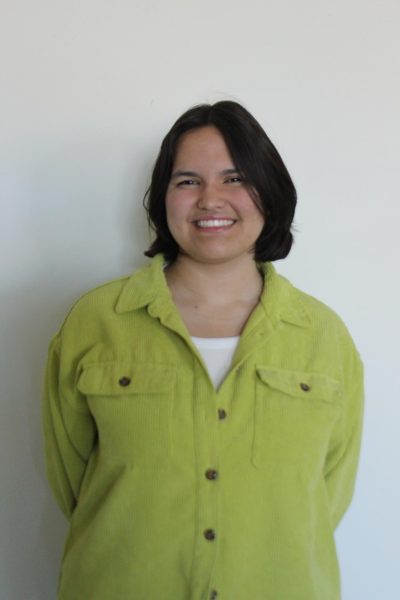
For Staples students, whether you want to be an aspiring artist, learn a new skill or destress from a busy school schedule, there are many opportunities in the art department to tap into your creativity .
The art department consists of three main tracks; 2-D art, 3-D art and digital art, and each has a rich variety of classes. This year not only are there new classes, but also new projects where students can experiment creatively. Even beyond that are opportunities for students to explore independently and create projects outside of class assignments, only further honing their skills as artists and as creative thinkers.

(Logan Manchester ’24)
2-D Arts
In the 2-D arts track, which consists of classes such as Painting, Printmaking and more, there are many different projects students are able to take part in. This year, art teacher Stephanie Sileo introduced a new project to her Printmaking and Studio Art Foundations classes where, instead of utilizing traditional art tools, her students used a familiar toy.
“This year, I bought a bunch of Legos and we’re doing LEGO printmaking,” Sileo said. “I think it’s been fun to take this children’s toy and elevate it to high school art.”
2-D art offers opportunities to learn with different mediums. Art teacher Mark DeRosa is well versed in these mediums, teaching many different 2-D art classes, from Drawing to Studio Portfolio Honors, while also running Graphicus, the Staples’ comic book club.
“Whether students are using pastels, charcoal or paint,” DeRosa said. “When used with specific understanding of the medium, how it acts, the proper way to mix and apply, basically the science behind the medium, the benefits are bountiful.”
Digital Arts
Last year, Photography Honors became a class on the digital arts track. In this class, students work on developing a balanced portfolio of photos. To do so, students are able to experiment with different cameras and photography techniques and even work in the darkroom to develop film.
“Within Photography Honors, we have the ability to explore more detailed and advanced projects,” Logan Manchester ’24, a student currently enrolled in Photography Honors, said. “This is what I enjoy most because students have the ability to explore photography more in depth than the other photography classes.”
Stacey Phelan is currently teaching Photography Honors in addition to other photography classes. In photography class, students explore different techniques to take and edit photos while also practicing the art of observation.
“Learning to use a camera, and to compose a photo effectively, are skills that can benefit most people,’” Phelan said, “but being able to see the beauty in your day to day life is truly valuable.”
Art teacher Carla Eichler is teaching Graphic Design, Advanced Graphic Design and Digital Design Honors this year. She teaches many aspects of digital art such as logo design.
“Digital art is fun because you have immediate gratification. It doesn’t usually take very long once you have a good idea,” Eichler said. “The challenge is to push your ideas and creativity.”
3-D Arts
In addition to class assignments, art classes also offer opportunities to explore and be creative on your own. For a free project in her Advanced Pottery class, Mia Lewis ’25 created a pottery piece that replicated rolls of tape stacked on top of each other. In order to replicate the tape, she experimented with the lines of the piece while also using test slabs to try out different glaze colors so that she could find the best match.
“It kind of just came to me on the first day of school, and I decided I had to make it, because it’s just something not many people would think about making,” Lewis said. “I wanted the edges to be raw and torn like actual tape, and layered as if the pieces were getting stuck together.”

The 3-D arts track consists of both pottery and ceramics classes. Jaclyn Jeselnik teaches these classes and guides students in creating all sorts of pieces such as plates, teapots and more.
“To succeed in pottery, you must put all your mental baggage aside, focus your mind and body and listen to the clay,” Jeselnik said. “It’s a meditation experience that only succeeds when you apply yourself wholly. […] Apply all your energy, relax and be mindful, and you’ll make great art.”













































